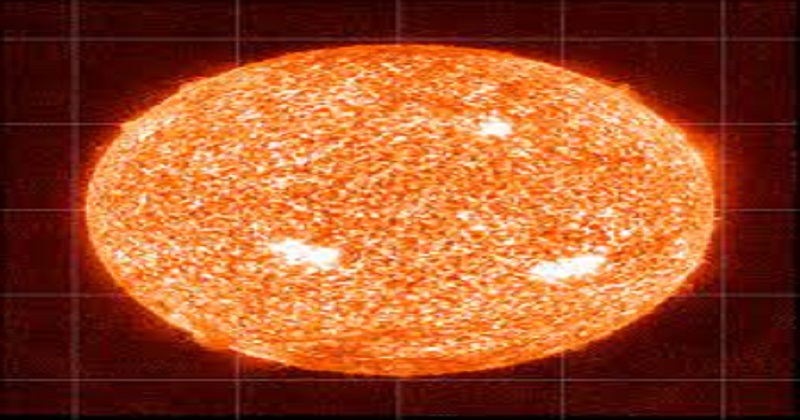
Researchers are using synthetic intelligence (AI) methods to calibrate some of NASA’s images of the Sun. Launched in 2010, NASA’s Solar Dynamics Observatory (SDO) has supplied high-definition pictures of the Sun for over a decade.
The Atmospheric Imagery Assembly, or AIA, is one of two imaging instruments on SDO and looks constantly at the Sun, taking pix across 10 wavelengths of ultraviolet mild each 12 seconds.
This creates a wealth of facts about the Sun like no other, but like all Sun-staring instruments—AIA degrades over time, and the facts should be regularly calibrated, NASA said in a statement.
To overcome this challenge, scientists decided to explore different options to calibrate the instrument, constantly.
Machine learning, a method used in artificial intelligence, appeared like a best fit. To start, the crew would educate the algorithm on what a solar flare seemed like via showing it solarflares across all of AIA’s wavelengths until it knows solar flares in all specific types of light.
Once the programme can realise a solar flare barring any degradation, the algorithm can then determine how much degradation is affecting AIA’s modern-day photos and how many tons of calibration is wanted for each.
‘This used to be a large thing. Instead of just figuring out it on the same wavelength, we’re figuring out structures throughout the wavelengths,’ said Dr Luiz Dos Santos, a solar physicist at NASA’s Goddard Space Flight Center in Greenbelt, Maryland, and lead writer on the paper posted in the journal Astronomy & Astrophysics.
‘It’s additionally vital for deep house missions, which might not have the option of sounding rocket calibration. We’re tackling two issues at once.’
Since AIA looks at the Sun in a couple of wavelengths of light, researchers can additionally use the algorithm to examine unique buildings across the wavelengths and reinforce its assessments.
As machine learning gets advanced, its scientific functions will apply to more and more missions.
‘In the future, this may also suggest that deep area missions—which travel to locations where calibration rocket flights are not possible—can nonetheless be calibrated and continue giving accurate data, even when getting out to increased and increased distances from Earth or any stars,’ stated NASA.

Post Your Comments